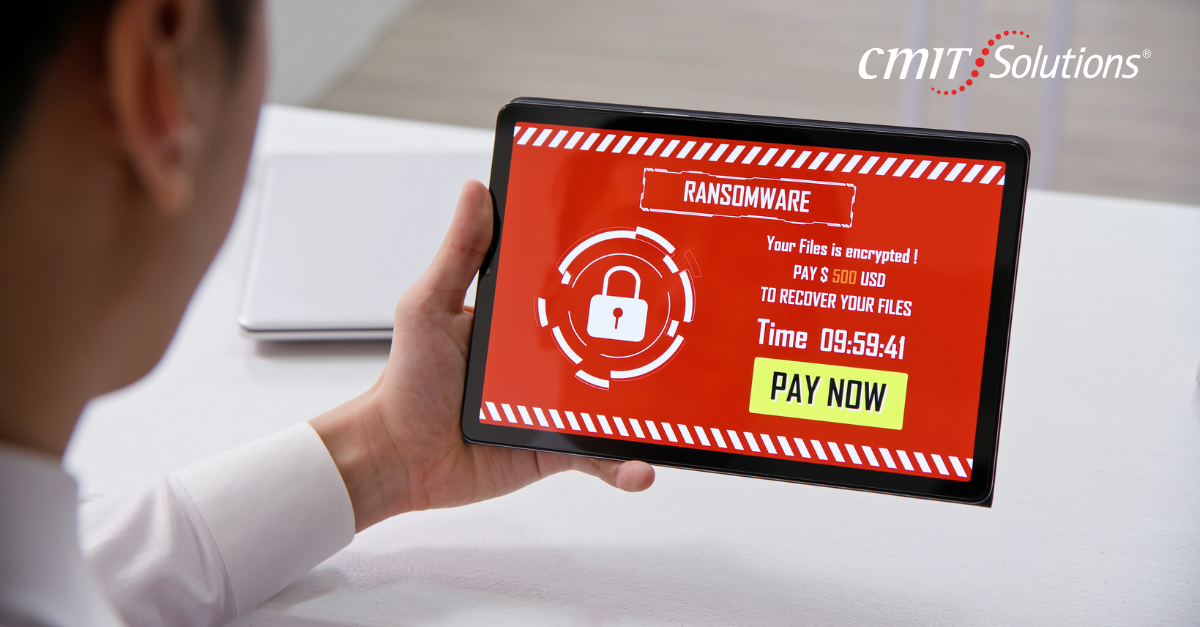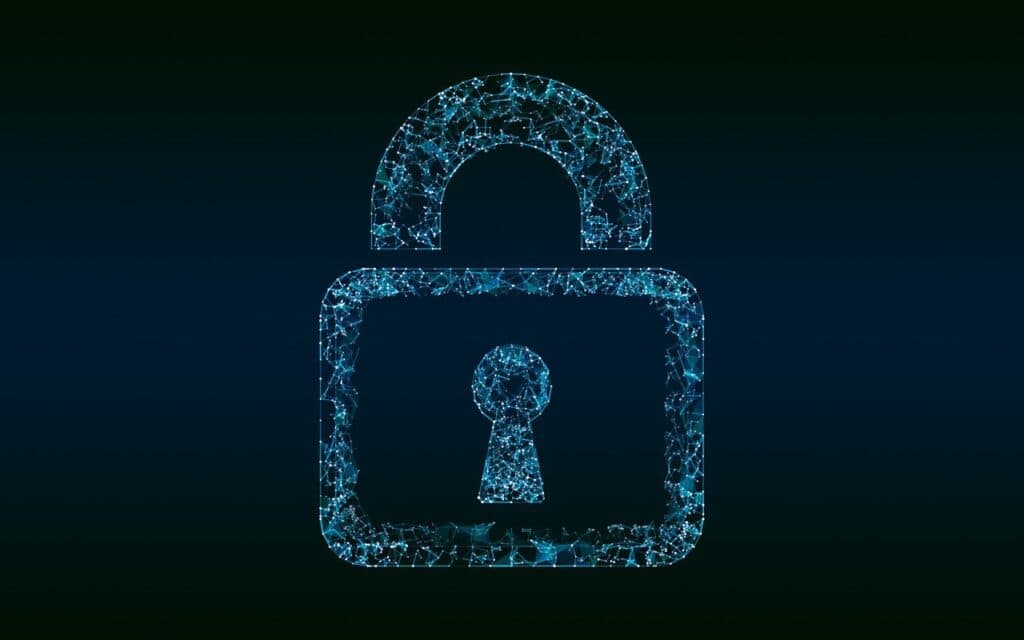Introduction
Ransomware is one of the most dangerous cybersecurity threats today, with attackers using deceptive tactics to infiltrate businesses, encrypt data, and demand hefty payments for restoration. Just like in the image above, cybercriminals mask their true intentions, disguising malware as legitimate files or emails to manipulate users into clicking malicious links.
As ransomware threats evolve, businesses must take proactive cybersecurity measures to protect sensitive data, avoid costly downtime, and strengthen overall IT security. This blog explores ransomware attack methods, the latest trends, and strategies to fortify your business against cyber extortion.
What Is Ransomware?
Ransomware is a type of malicious software that encrypts a victim’s files and demands a ransom payment in exchange for the decryption key. These attacks can cripple businesses, leading to data loss, financial strain, and reputational damage.
How Ransomware Spreads
Attackers use various techniques to deliver ransomware payloads, including:
- Phishing Emails – Fake emails trick employees into downloading infected attachments.
- Malicious Links – URLs embedded in emails or websites lead to malware downloads.
- Remote Desktop Protocol (RDP) Exploits – Hackers gain unauthorized access through weak remote login credentials.
- Software Vulnerabilities – Unpatched applications allow malware to spread across network systems.
Businesses must implement multi-layered security defenses to block ransomware before it can infiltrate systems and cause disruption.
The Hidden Dangers of Ransomware
Ransomware attacks are not just about encryption—they can cause severe operational disruptions and financial losses. Here are some key risks:
1. Data Encryption and Loss
Once ransomware encrypts files, business operations can come to a halt, making data recovery nearly impossible without a proper backup strategy.
Learn how data backup solutions help businesses recover from ransomware attacks.
2. Double Extortion
Modern ransomware attacks don’t just lock files—they also steal sensitive data and threaten to release it publicly if the ransom is not paid.
3. Business Downtime
A single ransomware incident can lead to weeks of downtime, causing significant revenue loss and reputational damage.
Discover how managed IT services minimize downtime risks and improve security.
4. Compliance Violations
If hackers steal customer data, businesses may face legal consequences for failing to protect sensitive information.
Learn how cloud security ensures regulatory compliance and data integrity.
5. Financial Consequences
Paying the ransom doesn’t guarantee file recovery—many companies never regain access even after making payments.
How to Unmask and Defend Against Ransomware
Since ransomware attacks rely on deception, businesses must implement strong cybersecurity defenses to detect and block malicious activity before damage occurs.
1. Implement Strong Email Security
Most ransomware attacks begin with phishing emails. Protect your business by:
- Using AI-powered email filters to block suspicious emails.
- Training employees to recognize social engineering scams.
- Implementing multi-factor authentication (MFA) for email accounts.
Explore email security best practices to prevent phishing-related attacks.
2. Keep Systems and Software Updated
Cybercriminals exploit vulnerabilities in outdated software to install ransomware. Businesses must:
- Regularly patch operating systems and applications.
- Enable automatic security updates to close potential gaps.
- Conduct regular vulnerability assessments to detect weak spots.
3. Strengthen Endpoint Protection
Endpoints (laptops, desktops, mobile devices) are common ransomware entry points. Organizations should:
- Use advanced antivirus solutions to detect malware.
- Limit administrator privileges to prevent unauthorized software installation.
- Monitor device activity for unusual behavior.
Find out how automated cloud security enhances endpoint protection.
4. Backup Critical Data Regularly
Regular data backups ensure that businesses can recover their files without paying ransoms. Best practices include:
- Automating backups to ensure consistency.
- Storing backups in secure, off-site locations.
- Testing backups to confirm data integrity.
Learn how Microsoft 365 supports cloud-based backup and file recovery.
5. Secure Remote Access
With more employees working remotely, weak remote access protocols pose serious security risks. Businesses should:
- Disable unused remote desktop connections.
- Implement VPNs (Virtual Private Networks) to encrypt data traffic.
- Use strong authentication measures to prevent unauthorized access.
Understand how modern IT infrastructure strengthens security for remote teams.
6. Develop a Ransomware Incident Response Plan
Even with strong security measures, businesses should be prepared for worst-case scenarios. Steps include:
- Creating a response team to handle cybersecurity incidents.
- Disconnecting infected devices from the network to prevent further spread.
- Contacting cybersecurity experts to assess and mitigate attacks.
Learn how IT modernization strategies support proactive cybersecurity defenses.
What to Do If Your Business Is Hit by Ransomware
If your company falls victim to a ransomware attack, take the following immediate steps:
- Do Not Pay the Ransom – Paying only incentivizes hackers to target more victims.
- Disconnect Infected Systems – Isolate compromised devices to contain the spread.
- Report the Incident – Notify cybersecurity experts and law enforcement agencies.
- Restore Data from Backups – Use secure backups to recover lost files.
- Analyze and Patch Security Gaps – Strengthen defenses to prevent future attacks.
Discover how automated threat detection helps detect cyber threats before they cause damage.
Final Thoughts
Ransomware is one of the most dangerous cyber threats, capable of crippling businesses, exposing sensitive data, and causing financial devastation. However, with the right security strategy, proactive monitoring, and employee awareness, businesses can stay ahead of cybercriminals and mitigate ransomware risks.
By implementing multi-layered defenses, automating security processes, and maintaining secure backups, companies can protect critical assets and minimize downtime in case of an attack.
For expert guidance on cybersecurity, ransomware protection, and IT security, explore cloud confidence strategies and keep your business safe from evolving threats.






